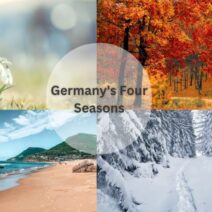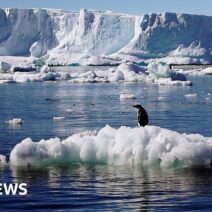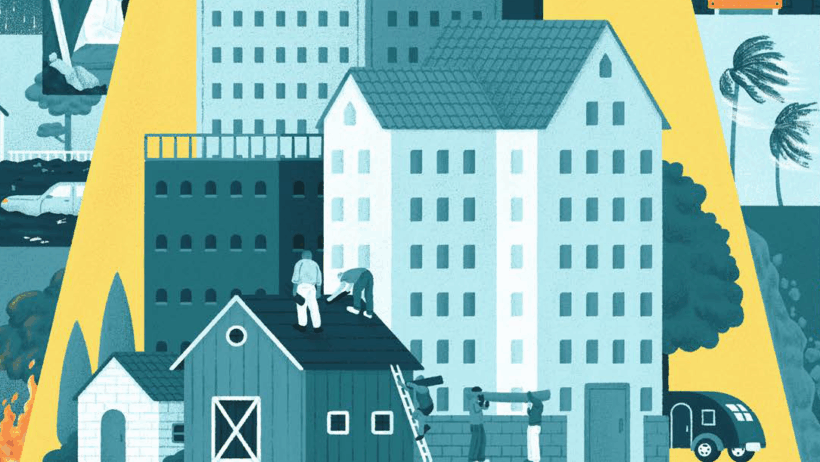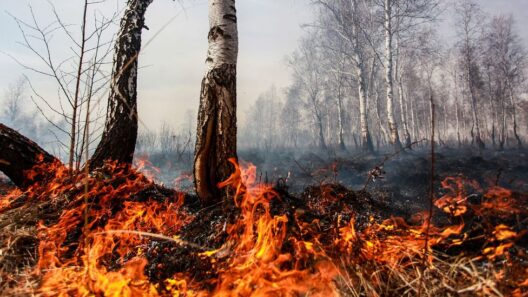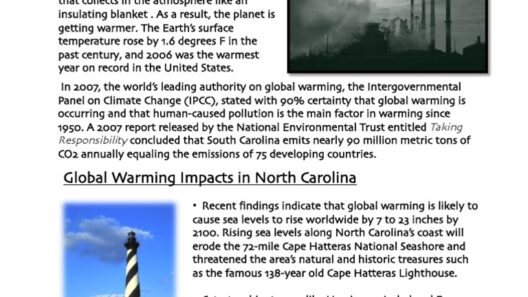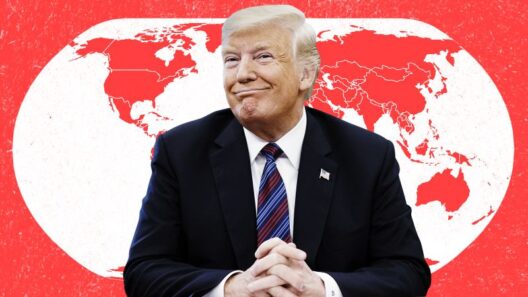In an age characterized by unprecedented ecological disruption, the intertwined fates of humans, animals, and the environment have never been more pronounced. As the planet warms, a singular question emerges: how do we navigate this shared fate in a world increasingly defined by climate change? The answers are complex, but the stakes could not be higher.
Climate change is not merely a distant threat; it is an insistent reality that reshapes our landscapes and complicates life for all species, including humans. Every increment of rising temperature has cascading effects that reverberate throughout ecosystems, ranging from altered migration patterns in wildlife to devastating natural disasters that thwart human integrity. The ambitious projections regarding our planet’s temperature averages foretell a future fraught with challenges, with the Intergovernmental Panel on Climate Change (IPCC) consistently warning of the dire consequences if we fail to mitigate our greenhouse gas emissions.
One of the most pressing impacts of climate change is habitat destruction, which disproportionately affects animal species that depend on specific ecosystems for survival. As ecosystems degrade, threatening the delicate balance of biodiversity, species extinction becomes a genuine risk. A staggering number of plant and animal species are facing threats to their existence, a phenomenon referred to as the “Sixth Mass Extinction.” As each species fades, we lose more than mere creatures; we lose the essential services that they provide, including pollination, seed dispersal, and disease regulation.
Yet, how do humans reckon with their role in this environmental tapestry? After all, humans are often painted as the antagonists in the narrative of climate change. Deforestation, pollution, and overexploitation of natural resources are not just actions that affect our own species; they reverberate through entire ecosystems, leading to the plummeting of animal populations. The dilemma is mischievous in its formulation: how can we, as stewards of the Earth, engender a collective consciousness that champions both human welfare and animal survival?
One prominent issue is the intricate relationship between rural communities and wildlife. As industrial activity expands and agricultural practices intensify, wildlife habitats are encroached upon. The result is often direct conflict between humans and animals as species encroach on human territories in search of food and habitat. For example, in agricultural regions, conflicts with wildlife such as deer or wild boar can endanger crops, creating a dilemma where humans must choose between their livelihoods and the preservation of wildlife. The playful inquiry here would be: Can we foster coexistence, or are we doomed to perpetuate an adversarial relationship with our animal coinhabitants?
This question extends into our urban environments as well. Cities are increasingly becoming hotspots for wildlife adaptations and interactions. Urban wildlife, such as raccoons, squirrels, and even birds of prey, exhibit remarkable resilience, finding niches in human-dominated landscapes. But with this adaptation also comes the potential for zoonotic diseases, which can seamlessly cross the barrier between species, posing a challenge not just for animals, but for human health as well. An unexpected truth unfolds: in a world that is increasingly urbanized, the fate of humans and animals is inextricably linked, demanding innovative solutions for urban planning and wildlife conservation.
Moreover, the warming climate does not discriminate between species. From increasing ocean acidification affecting marine biodiversity to the existential threat posed by melting ice caps to polar bears and penguins, every creature on this planet feels the heat. The challenges transgress species, echoing the need for a concerted global effort to combat climate change. Conservation efforts must account for the multispecies ramifications of environmental policies, seeking solutions that benefit both ecosystems and human livelihoods.
The agricultural sector stands at the forefront of this pivotal discourse. It is here that we can witness the symbiosis between fostering biodiversity and ensuring food security. The practice of agroecology—an approach that embraces sustainable practices and ecological principles—can pave the way for an agricultural revolution that honors both the land and the life it sustains. Resisting monoculture and embracing polyculture can both serve to enrich ecosystems and fortify the resilience of crops against climate fluctuations. It presents a challenge to rethink our traditional agricultural frameworks and explore vibrant, holistic strategies that honor the myriad life forms with whom we share the earth.
As we delve deeper into this conversation, the role of public policy becomes even more critical. Effective environmental legislation that prioritizes inclusivity—pairing conservation endeavors with social justice—can empower marginalized communities who disproportionately feel the brunt of climate change. Fair access to resources and education will mean survival not just for humans, but for countless species that share our habitat. This intersectionality must become a cornerstone of our collective efforts as we strive to forge a future characterized not by division but by symbiosis.
Ultimately, the dialogue surrounding humans, animals, and the environment must navigate the complexities of shared fates in a warming world. It is no longer a question of whether we can isolate ourselves from the environmental consequences of our actions; rather, it is a challenge of reimagining our relationships with nature—acknowledging that our survival is inextricably intertwined with that of the world’s diverse species. As stewards of the earth, it lies within our power to intervene, to cultivate resilience, and to foster a world bursting with life—one that dances to the rhythms of coexistence and mutual reverence.
As we move toward an uncertain future, let us embrace the vitality of solidarity with our environment. Can we rise to the challenge of reshaping our destiny, learning from the ecosystems we are part of, and forging a future where humans and animals thrive together in harmony? The answer may very well determine the fate of generations to come.
